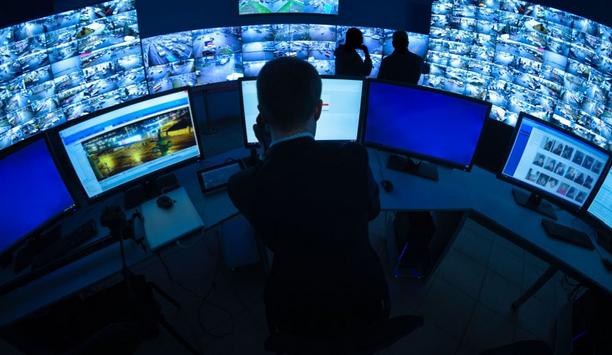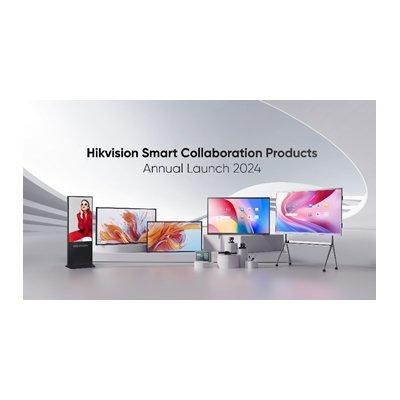Many organisations maintain regular technology refresh schedules where old equipment is replaced on a set schedule, usually every three to five years. Alternatively, organisations may choose to keep technology through its full, usable life.
In such cases, the full, usable life may extend past the warranty period for hardware products or past the end of support period for software. Having a complete understanding of the complications of using older equipment can help organisations proceed with the correct equipment refresh policy for their needs.
Cyber threats and liability risks
One of the biggest risks to larger organisations is the brand impact and liability cost of a cyber-attack or theft of customer data. If software and equipment is kept past its end of support or end of life date, there generally will be no further firmware or software updates to the product.
If there is a security flaw later discovered, and the equipment is in service, the options to protect against an exploit of the security flaw will be limited and inadvisable.
Optimal utilisation of equipment, software
Utilising equipment and software that is actively supported and maintained by the product vendor is a much safer policy
Utilising equipment and software that is actively supported and maintained by the product vendor is a much safer policy. Reputable vendors with a strong vulnerability response policy who are actively supporting in-life products make it a priority to release a fix to any significant security flaw that is discovered.
This means firmware or software patches should be provided shortly thereafter, keeping the equipment safe from being exploited, using a known security vulnerability.
Replacing out of warranty hardware
A purpose-built computer, such as a Network Video Recorder, may appear to continue to function well, even beyond its warranty period. With a personal or business-use computer, the purpose of the system is constantly changing to fit the user’s evolving needs.
New software is installed, generally with higher system requirements than old software, more data is saved, and less free space is available. These effects, over time, lead to the appearance that the system is slow or out of date, prompting an upgrade naturally.
However, if the NVR is performing the same tasks as when it was installed (recording the same cameras, streaming to the same displays etc.), it will continue to function with the same performance and efficiency as when it was first deployed, begging the question, “Why should we upgrade when the existing system still works fine?” One answer is the hardware may no longer be under warranty.
High equipment failure rates
If a vendor will not sell a warranty for longer than the customer’s plan to use the equipment, that’s a good indication there are problems with keeping equipment beyond that time period. Issues may include higher equipment failure rates or the lack of compatible replacement parts that may be available for equipment that old.
If equipment is out of warranty and a hardware component has a failure, finding a replacement part may be expensive, time consuming, or impossible. In some cases, this could necessitate the purchase of a whole new system, which may be incompatible with other existing systems in use in the organisation.
Technical Support
Sometimes technology deployments run into problems that require troubleshooting
What was once a homogenous technology deployment may no longer consist of equipment that integrates, or requires separate client applications to control, or consists of products from different vendors leading to support complications.
Sometimes technology deployments run into problems that require troubleshooting. It helps to have access to an expert who can assist. Commonly, vendors will not provide support on products that are end of life.
Troubleshooting
The support team’s training may not cover old and end of life products. The company may not even have an active deployment of a very old and end of life product in place to use for troubleshooting.
If customers do have a support need on an end of life product, a very support-minded vendor may still try to help. For the reasons cited above, the troubleshooting process may be unsuccessful and will certainly take much longer than if a current and actively supported product were being used.
Access to the latest technologies
The consequence of using out of date equipment may include not having access to support, or at least longer troubleshooting times. In the most severe cases, if equipment can’t be brought back to a usable state, it could force the organisation to replace failed equipment that was not planned or budgeted for.
Using older equipment also means losing out on the latest technologies. For years, gas station surveillance was notorious for supplying grainy, low-resolution images, making it both difficult to discern what was happening and impossible to identify the parties involved. If the security system provides a similar level of quality, is it fulfilling the organisation’s needs?
Megapixel cameras and VMS technologies
Megapixel cameras using progressive scan imagers provide crisp, high-resolution video
Megapixel cameras using progressive scan imagers provide crisp, high-resolution video. Wide Dynamic Range cameras provide more clear images even with a very bright background.
New VMS technologies provide better investigation tools, allowing users to quickly hone in on the evidence needed. Furthermore, video analytics can derive additional value for the business from the security cameras.
Making the case to upgrade
Although there are greater capital cost outlays required for an organisation regularly upgrading security equipment, the benefits of keeping supported technology that is in warranty generally outweigh the costs.
Benefiting from the latest technologies, having technical support and warranty coverage, as well as reducing cyber-attack risks make a strong case to plan for regular upgrades.



















